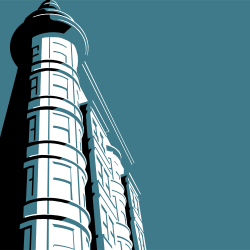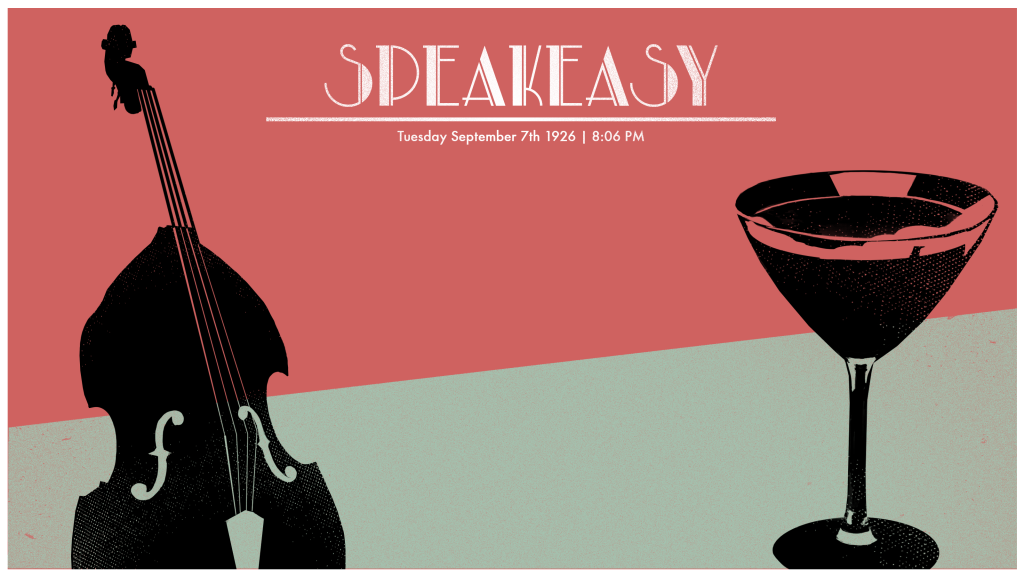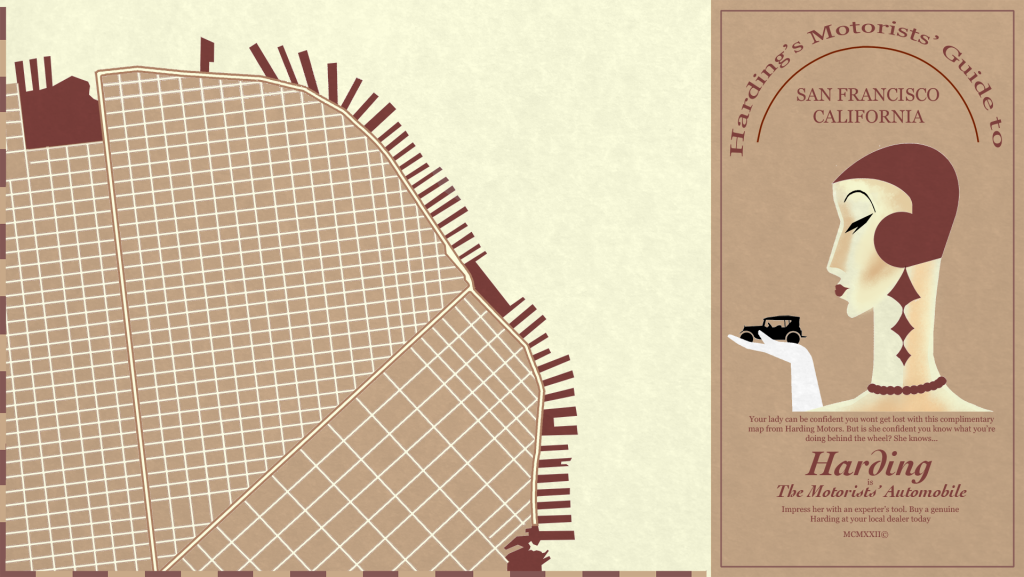I began this weekly blog as a genuine attempt at open development. All the triumphs, adversities, difficulties, and successes, logged and shared with the world. Really, it’s the best thing I can offer: an honest look into making games, traveling, and the experience of both in concert. If I’m not completely open, what’s the point?
In that mindset, I’m announcing my project today, the game I’ll be slaving to make over the coming year. But I need to be clear: this is only the seed. Under normal circumstances, no sane game developer would dream of announcing this project right now. It’s too damned early! I haven’t prototyped, I haven’t found an art style, I don’t know if this is fun yet, and I don’t know if I can make it. This is some raw shit. But I’m showing you in the spirit of transparency. Here’s what game development is. Guesswork, until you find the right flow. A lot can and probably will change by the time this project reaches virtual store shelves — if it ever does. But I want to bring you along for the ride, so you can experience this terrifying rollercoaster from the beginning. I can’t promise it won’t derail, but it’ll be one helluva sight either way.
There’s probably an inspiring quote about new beginnings that is now rattling through my brain but I can’t quite grab it. But hopefully you can sympathize — I’m fucking nervous, I’m about to announce my first project to the whole world! So let’s skip the pompous quotations this time and dive right into the heart of this beast. Without further ado:
The Project
The game is a series of murder mysteries, where the player’s goal is to solve each murder by discovering the killer. It’s like a text-based choose-your-own-adventure novel, with more flavour (art, music, etc), better organization (lists, maps, etc), and many more choices (dialogue, locations, etc) allowed by a video interface.
The plot is set in San Francisco during the 1920s. This is the era of crooked cops, loyal mobsters, jazz music, prohibition, women’s emancipation, economic boom, and cultural revolution. Good was never completely angelic and bad never absolutely evil — no black and white, no right and wrong, and even outlaws could be righteous. From gun violence, police brutality, and the debate on marijuana, many parallels can be drawn back from the Roaring Twenties to our modern society. Oh and those hats! God damn I love a good bandera cap!
The game also features an in-world calendar and clock, where a player’s actions take time. Thus the time period, day of the week, and time of day are all important factors in determining a character’s whereabouts. As a crude example: Friday at 4:00pm Mr Bizz Nisman would be at his office, but Friday at 10:00pm he’d be in a speakeasy, and Saturday at 11:00am he might be at home with his family, while Sunday at 9:00am he’d probably be in church.
The Twist
This all sounds fun to me — a neat adventure mystery with a good setting and a couple of twists — but it ain’t new. It’s not fresh and exciting. It’s not why I left big budget development. I want to provoke what we can do with our medium. And I think I can challenge story with this game.
My twist then? Multiple mysteries. All randomly generated. Instead of simply one story line, I create an algorithm that generates The Complete Ben Wander Murder Collection, where players get a different mystery every time they play.
That initially sounds out of the realm of possibility, especially for me to do on my own, but the more thought I give it, the more practical it seems. Think about the game Clue. It’s technically a randomly generated mystery, where the randomness is found in which cards are selected — the killer, the location, and the murder weapon are randomized from a set of possibilities at the start of each game. So let’s extrapolate from there: what if, instead of Colonel Mustard, the suspect has a different name during each playthrough — that’s not too challenging, just have a set of first names and a set of last names. Generating some art to make him look different each time is equally trivial (2D Art Deco facial features and clothing can be fairly interchangeable). Can we go further? What if the murder doesn’t take place in a mansion every time, but instead on a boat, or in a train, or in a city — sure, I’d like to somehow limit the number of possible suspects every time, but that limitation could be a different trope. Then, expanding from Clue and going further into mystery novel territory, what if each character has a random motivation to kill the victim, but maybe doesn’t have the means, or the opportunity to do it? What if one suspect has a relationship with another suspect, thus tries to protect that suspect by lying on their behalf?
The possibility space seems endless, but obviously I would have to place some limit on it. Still, would it be possible to come up with enough variations on characters, setting, and circumstances around the murder to adequately generate a story that feels completely different from the previous one?
I’m betting that it is possible.
As you can tell from these rough mock-ups, I’m still discovering the art style. I don’t know the game interface, either. The suspects, victims, plots, settings — they’re all uncharted too. Can I actually write this much? Will generating a story even work? When I say this is raw, I mean it. Even those of you accustomed to seeing behind the scenes of games, you’ve never seen anything this early unless you’ve made a game yourself.
So, again, bear with me. This initial outline sounds fun to me and I’m hoping you like it too, but there will be many changes to it before the final project is completed. I don’t know how this will turn out yet. But as I’ve done all along, I invite you to take the journey with me. Even a crash and burn story ends in a glorious ball of fire.
Wish me luck!



